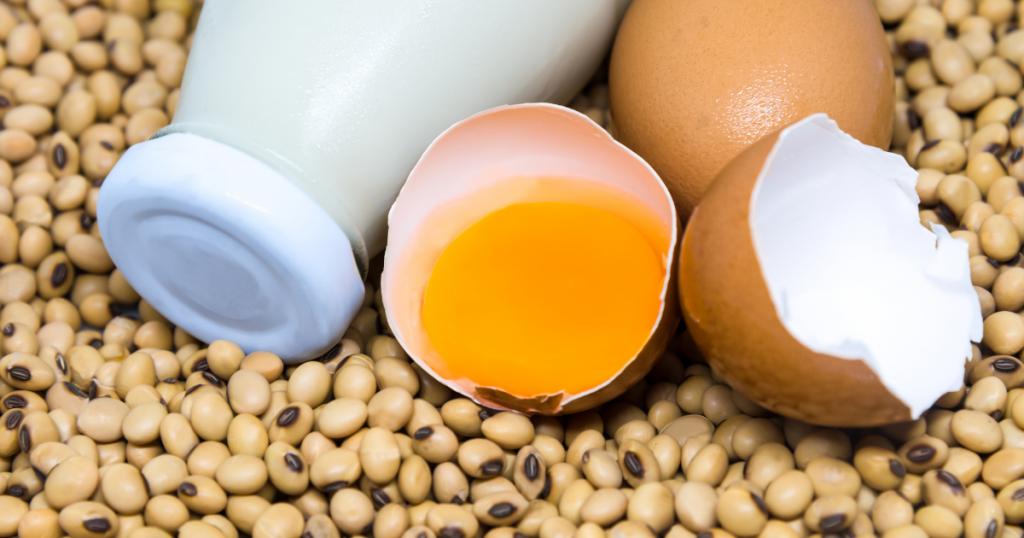A new review suggests that Palmitoylethanolamide (PEA) may be a safer, therapeutic alternative to CBD. But what is it and how could it help?
The review titled, ‘A Potential Alternative to Cannabidiol‘ examined if PEA could be a safer alternative to certain cannabinoids, in particular for those who may be concerned about THC in cannabis.
PEA is a chemical made from fat, which is found naturally in foods such as egg yolks and peanuts, as well as in the human body.
The report was commissioned by Gencor Pacific, a company which uses PEA in its products for sleep and sports recovery.
Researchers stated that the ambiguity surrounding the regulatory status and the insufficient studies on CBD’s efficacy, may present an opportunity for PEA. They cited a demand for alternative compounds that produce similar results but have a more defined regulatory status.
The authors wrote: “CBD… is reported to have beneficial medicinal properties including analgesic, neuroprotective, anxiolytic, anticonvulsant, and antipsychotic activities, while apparently lacking the toxicity of THC.
“With proven efficacy in several therapeutic areas, its safety and tolerability profile and the development of formulations that maximise its bioavailability, PEA is a promising alternative to CBD.”
They added: “The therapeutic actions of CBD and PEA overlap in their biochemical roles in humans. There is a need for further investigation of their pharmacokinetics, specifically regarding definitive bioavailability and volume of distribution, and safety and efficacy when used long-term in diseased and healthy populations. At this time PEA’s safety, tolerability, consistency and regulatory profile confer certain advantages.”

PEA is found naturally in the body and also in soybean and egg yolks
What is PEA?
Palmitoylethanolamide (PEA) is a lipid mediator which may have anti-inflammatory, analgesic and neuroprotective benefits. It also appears to work with the endocannabinoid system in a similar way to CBD while providing the same benefits.
It is structured in a similar way to the bliss molecule, anandamide, and may enhance its effects in the body. Anandamide is an endogenous cannabinoid known to act upon the CB1 receptors in our endocannabinoid system. CBD also affects the CB1 receptors although it is not fully understood how this happens.
PEA may also stop the production of inflammation in the body which makes it perfect for sports relief topicals. It acts as an anti-inflammatory and analgesic by binding to the TRPV-1 channel, CB1 and CB2 receptors.
Another difference between CBD and PEA is that we do not naturally produce cannabidiol in our bodies. However, PEA is found naturally in our cells, tissues, brain and fluids. It can also be found in foods such as egg yolk or soybean lecithin. PEA has been associated with relief for the common cold, eczema, influenza and neurodegenerative disorders
Why do I need an alternative to CBD?
While the study presents PEA as an alternative to CBD, it doesn’t have to be.
It can be something that is boosted naturally by eating more foods that contain it. CBD and PEA work in similar ways but may have slight differences in how they interact with receptors.
Where it may work as a substitution is for people who struggle with allergies to different terpenes in cannabis or dislike taking something related to the plant. If someone is worried about tetrahydrocannabinol (THC) appearing in drug tests if they take CBD then potentially, this may present an alternative.
The post Could this natural compound – produced by the human body – be a substitute for CBD? appeared first on Cannabis Health News.


